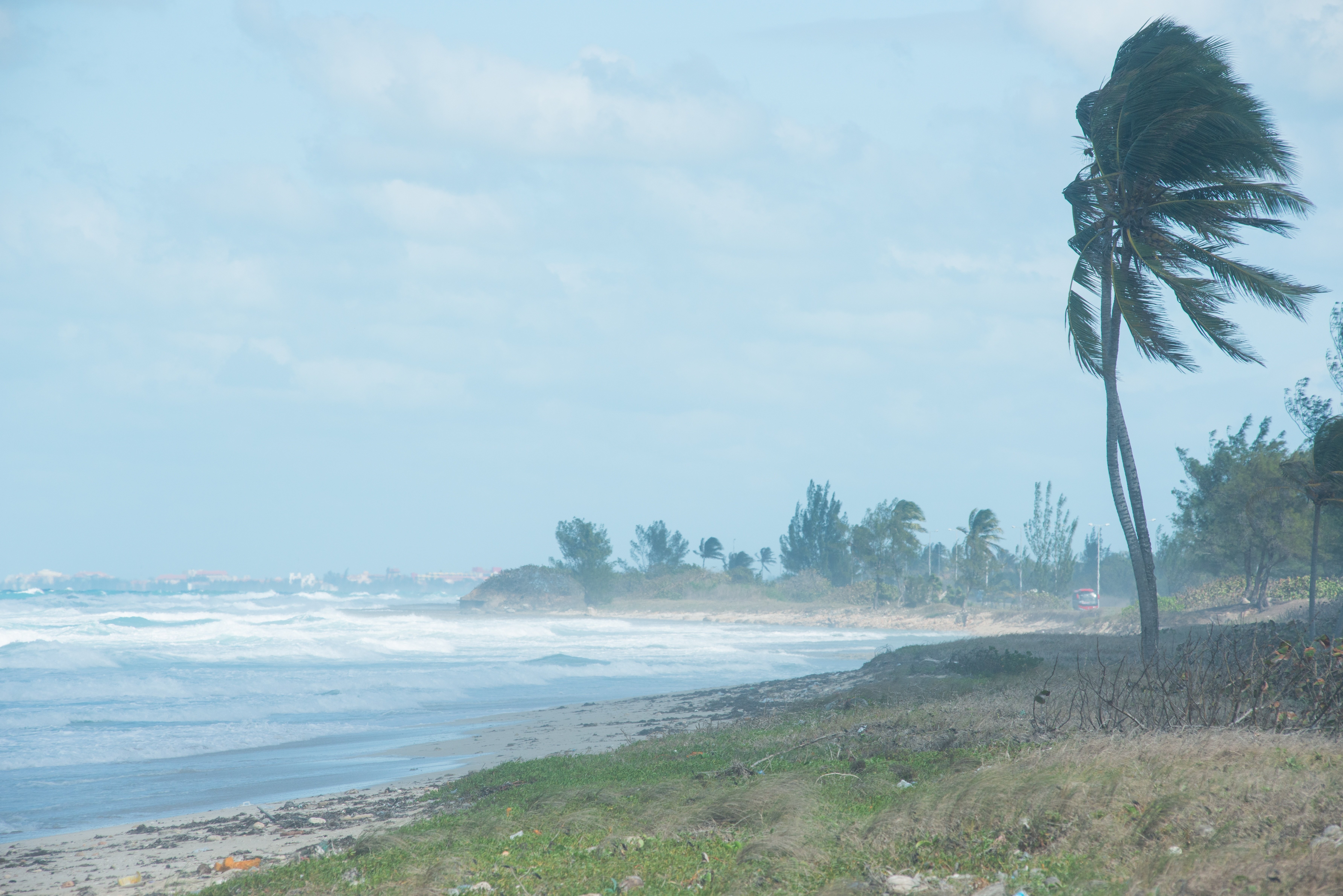Using Community Engagement Platforms for Effective Disaster Relief
.png)
Zencity
The Platform for Community Trust
Centralized Communication Hub
During a disaster, communication can be fragmented, with various agencies and departments working in silos. Community engagement platforms offer a centralized hub for real-time updates, ensuring that all stakeholders—from government agencies to first responders and residents—have access to the same critical information. These platforms allow local governments to issue alerts, provide evacuation instructions, and share updates about shelters, road closures, and supply distribution points. Residents can also report issues, such as blocked roads or medical emergencies, enabling a more responsive and coordinated effort.Real-Time Data Collection and Feedback
One of the most powerful features of community engagement platforms is the ability to collect real-time data from residents. In disaster scenarios, getting immediate feedback from those affected can guide resource allocation and help authorities prioritize response actions. By enabling residents to report damage, request assistance, or offer volunteer services, these platforms provide decision-makers with actionable insights that lead to faster and more targeted interventions. Additionally, live polling or surveys can help emergency managers assess ongoing needs, adjust strategies, and allocate resources where they are most urgently needed.Enhancing Collaboration Between Agencies
Strengthening Public Trust and Participation
Transparency is key to maintaining public trust during disaster recovery. When residents can access timely and accurate information, they are more likely to feel informed and reassured that relief efforts are progressing efficiently. Community engagement platforms allow governments to provide clear, consistent communication, which in turn encourages greater participation from residents. By offering channels for two-way communication, these platforms give citizens a voice, making them active participants in recovery efforts rather than passive recipients of aid.Post-Disaster Recovery and Resilience
Beyond the immediate response phase, community engagement platforms continue to be valuable tools in the long-term recovery process. As communities begin to rebuild, these platforms can facilitate ongoing dialogue between residents and local governments, helping to identify long-term needs, track recovery progress, and plan for future disaster preparedness. The data gathered during the disaster response phase can also inform future resilience strategies, enabling local governments to develop better emergency plans and allocate resources more effectively for future incidents.
Conclusion
In disaster relief efforts, the need for streamlined communication and coordinated action cannot be overstated. Community engagement platforms provide local governments with the tools they need to manage information, gather critical feedback, and coordinate across multiple agencies and stakeholders. By fostering transparency, improving collaboration, and empowering residents, these platforms are not just tools for crisis management but essential components in building long-term community resilience. For cities and municipalities, investing in these platforms can lead to more effective disaster response and stronger, more connected communities.
%20copy-1.png?width=544&height=120&name=Logo_black%20(1)%20copy-1.png)




